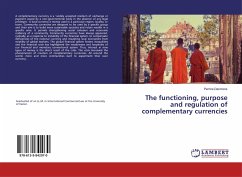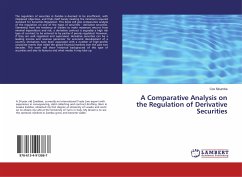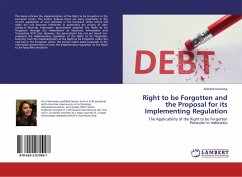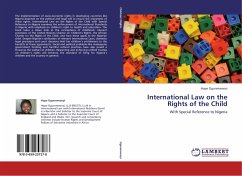A complementary currency is a 'widely accepted medium of exchange or payment issued by a non-governmental body in the absence of any legal privileges'. A local currency is money used in a particular region, locality, or town. Community currencies are designed to be used by a specific group and their aim is to build more sustainable societies and retain wealth in a specific area. It permits strengthening social cohesion and economic resiliency of a community. Community currencies have always appeared, cyclically, as a response to instability of the financial system, to compensate deficiencies of the national currency and insulating local economies from volatility of global markets. The global financial system fosters inequalities and the financial crisis has highlighted the weaknesses and loopholes of our financial and monetary conventional system. Thus, interest in new types of money is the direct result of the crisis. The crisis increased the phenomenon of creation of complementary currencies. All around the world, more and more communities start to experiment their own currency.
Bitte wählen Sie Ihr Anliegen aus.
Rechnungen
Retourenschein anfordern
Bestellstatus
Storno








